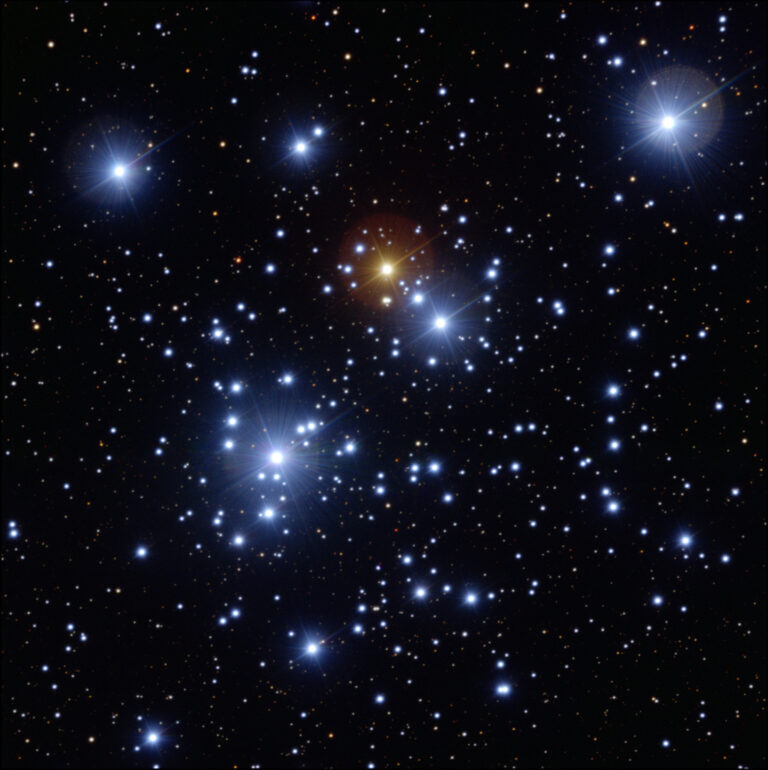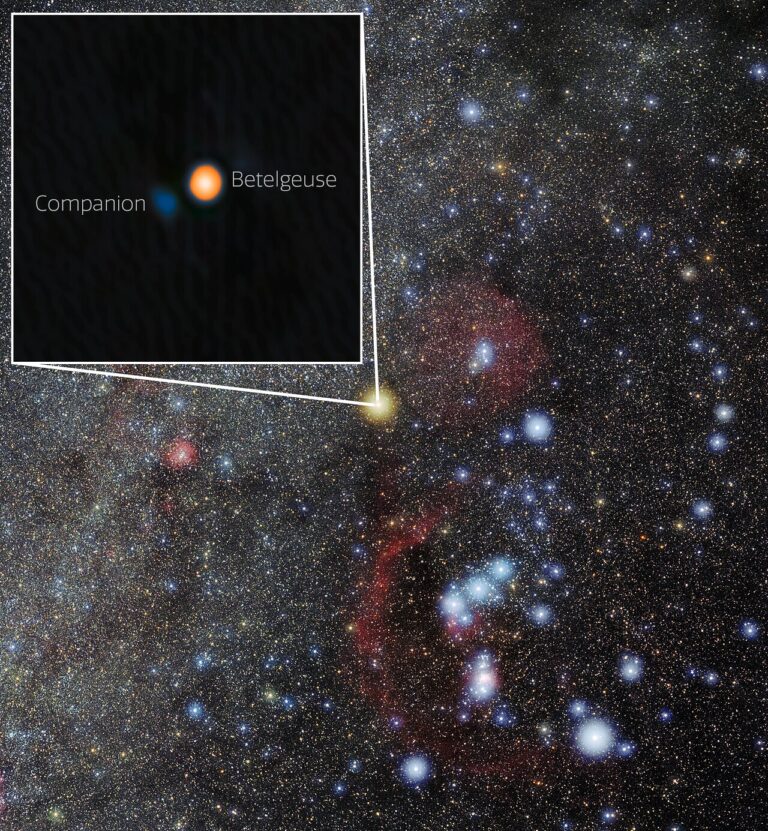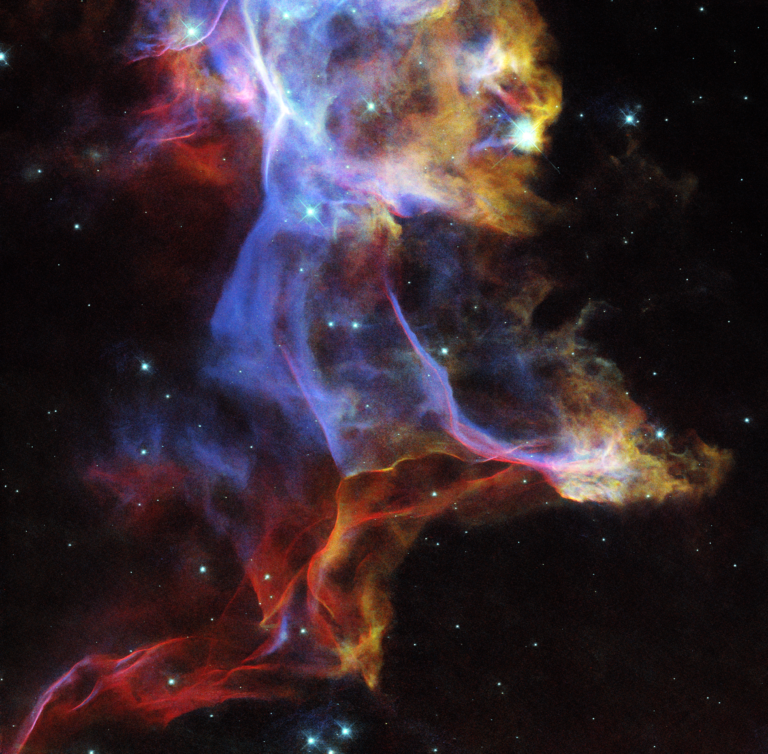Key Takeaways:
Normal single stars in globular clusters range from about 8 to 90 percent of the Sun’s mass. The lower value comes from a fundamental law of stellar physics; it corresponds to the limit at which collapsing objects can fuse lighter elements into heavier ones within their cores. Astronomers classify objects with less than 8 percent of the Sun’s mass (but more massive than planets) as brown dwarfs. We have yet to observe brown dwarfs in globular clusters, however, because they’re too faint to see even with today’s most sensitive optical instruments. New infrared capabilities on the Hubble Space Telescope, and soon the James Webb Space Telescope, should find them if they exist.
The best estimate of the upper mass limit comes from analyzing an eclipsing binary star system in the globular cluster 47 Tucanae. We can measure the stars’ masses and radii from observing their orbits. The stars in this binary have masses of 87.6 percent and 85.9 percent of the Sun’s mass. They lie right at the end of the main sequence portion of stellar evolution and so provide an upper limit to the masses of normal stars.
Blue stragglers are stars that form via either mass transfer between two members of a close binary or the merger of two stars. The extra mass rejuvenates the older suns and creates a brighter and hotter (bluer) star — hence the name. A blue straggler can have a mass up to twice a single “normal” star in a globular.
Stellar remnants can be more massive than normal stars. A white dwarf — the final product of a Sun-like star’s evolution — can range from 0.5 to 1.4 solar masses. Scientists have observed white dwarfs in globular clusters, but the most massive ones weigh in at only 60 percent of the Sun’s mass; we haven’t been able to detect more-massive white dwarfs with current technology.
Neutron stars — compact objects that are an end product of massive stars — start at 1.4 solar masses and can reach up to about 3. We have seen pulsars — rapidly rotating neutron stars with radiation beams pointed toward Earth — in several globular clusters. We also have evidence that stellar-mass black holes exist in globular clusters. These objects probably range from 10 to 20 solar masses.
The Australian National University,
Canberra









